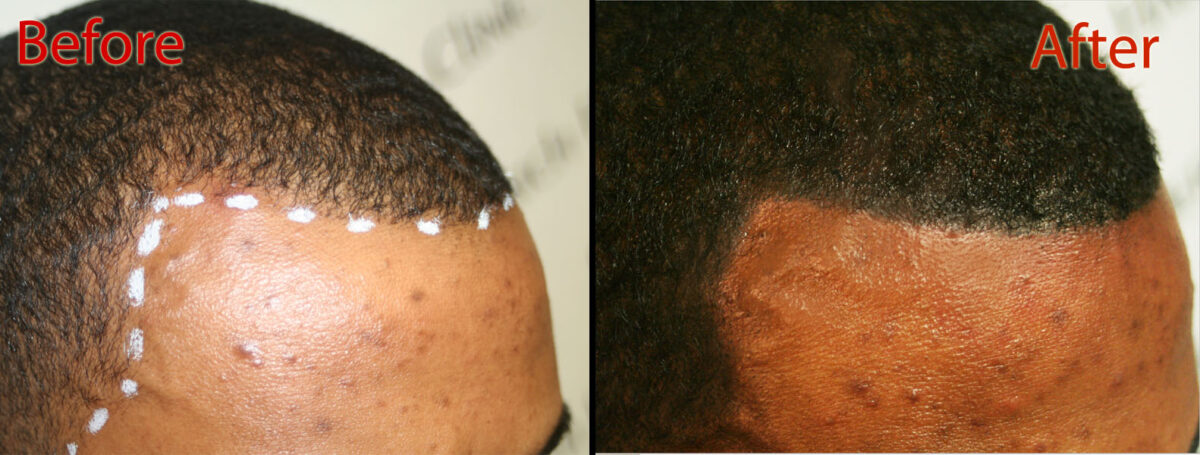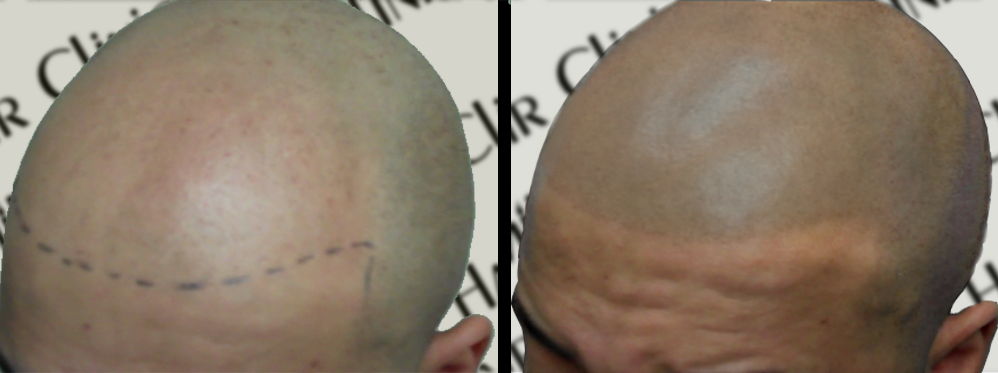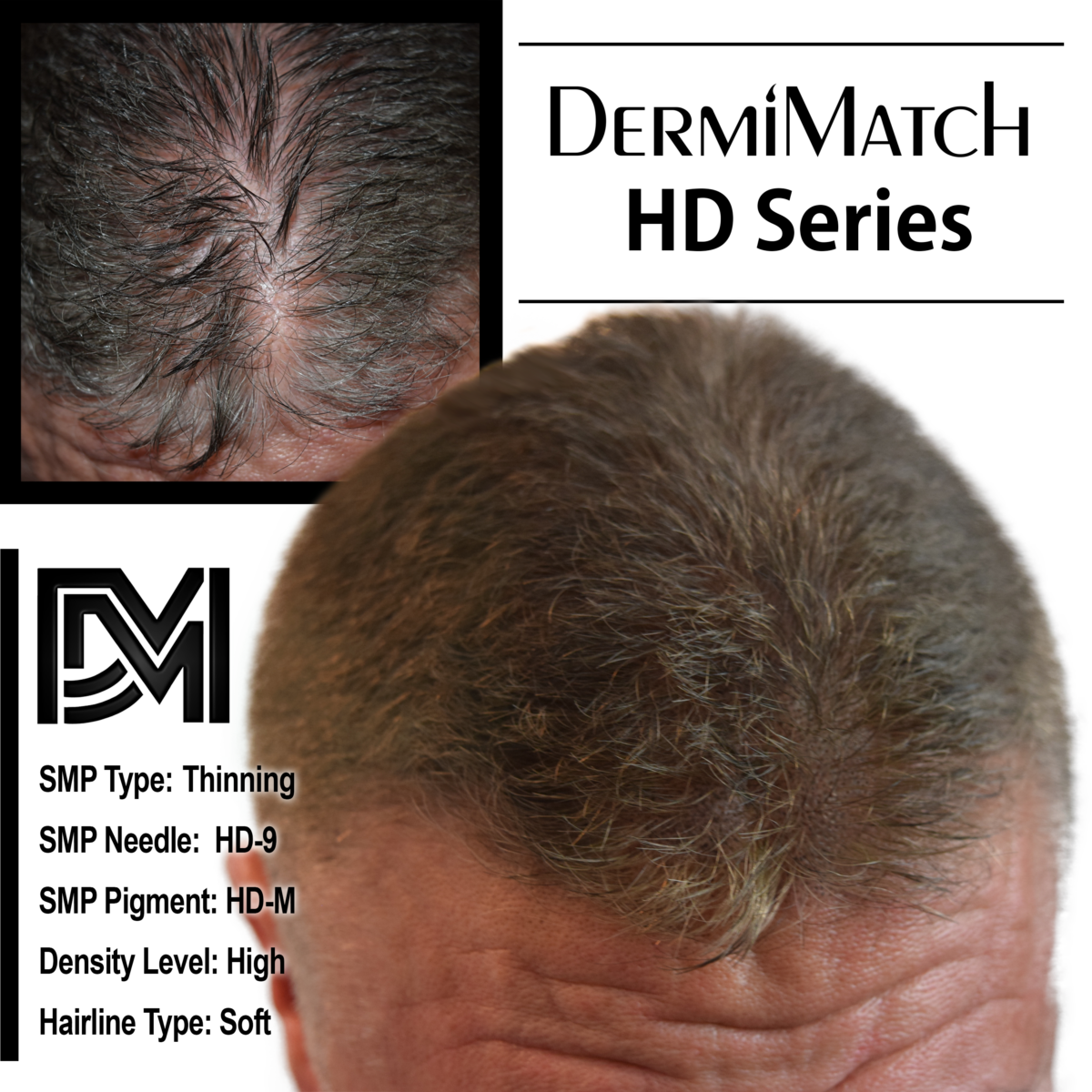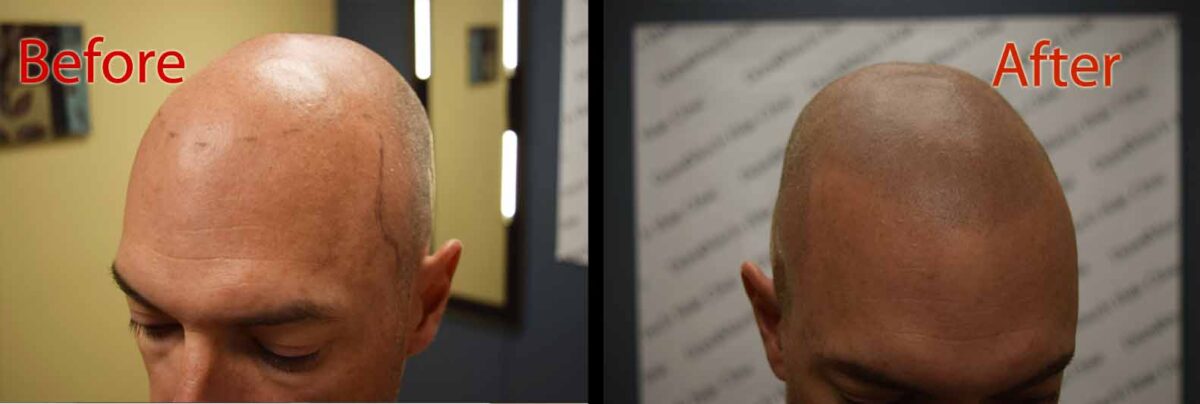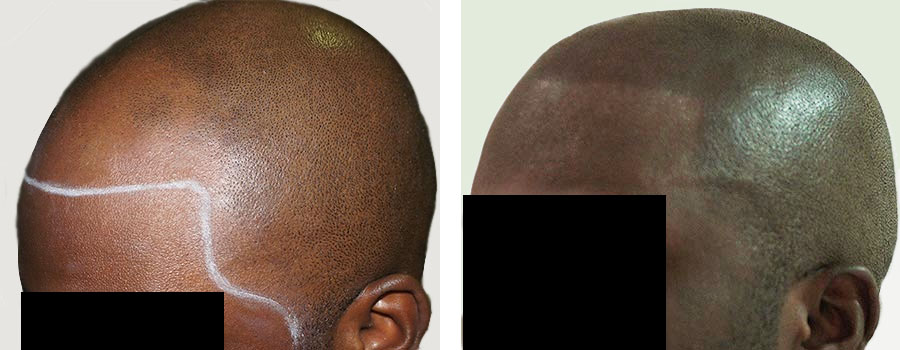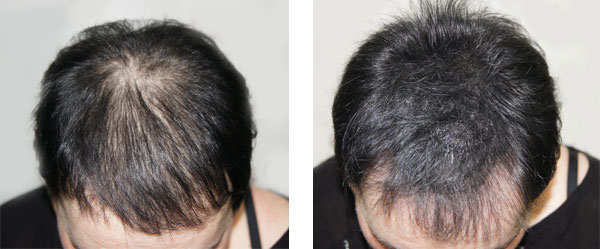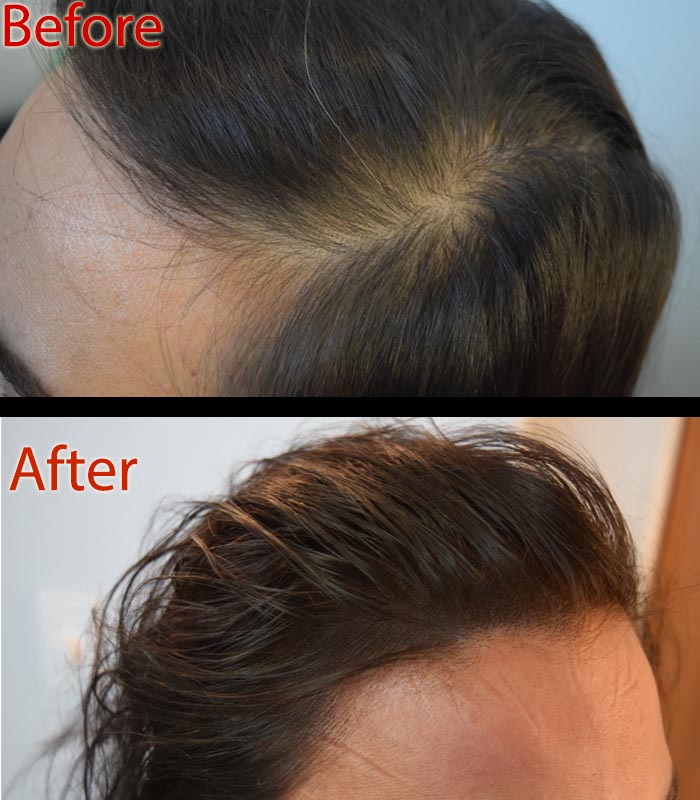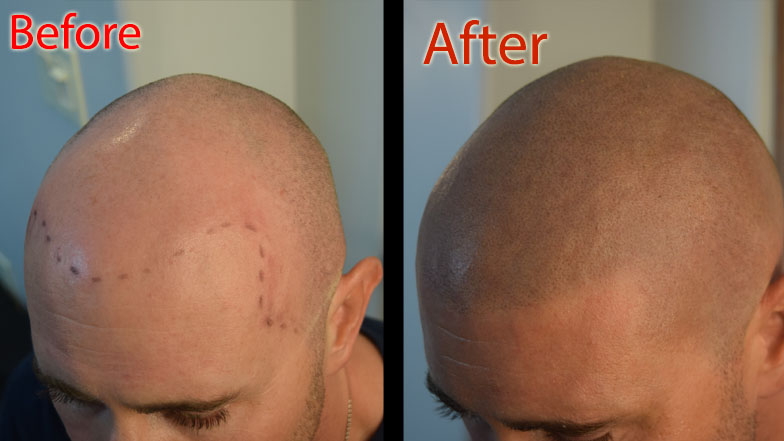While vitamin pills for hair loss are marketed as a potential solution to the problem, their effectiveness is limited. What’s more, vitamin supplements work only if they address the root cause of the hair loss problem. Additionally, they are not a magic pill for hair loss and do not produce overnight results either. But let’s explore the role of vitamins in hair growth below.
The Role of Vitamins in Hair Growth
Hair is a complex structure that requires a variety of nutrients for proper growth and maintenance. No doubt, certain vitamins are crucial for hair growth, their effectiveness as a hair loss therapy depends on the cause of the problem.
Here are some crucial vitamins in hair growth:
Biotin or Vitamin B7 or hair vitamin
Biotin is involved in the production of hair protein, keratin, which makes up the structure of hair.
While biotin deficiency can cause hair loss, but if you are not deficient in biotin and still suffer hair shedding biotin supplementation may not help.
Vitamin C
Vitamin C can help in the absorption of iron in the body, which is crucial to hair growth. But popping vitamin C pills unnecessarily may not help hair problems. Although C vitamin plays a role in collagen production, it is not the sole solution to the problem.
Vitamin D
Vitamin D deficiency can also cause hair shedding so much so that it may result in alopecia areata. This reinforces the role of vitamins in hair growth.
However, there is no established relationship between vitamin D supplementation and hair growth.
Iron
Iron supplementation may not be the solution unless your hair loss is caused by iron deficiency. Although it is crucial for the production of hair cell protein and the proper oxygenation of follicles, you don’t need to choose iron for hair growth if you are not deficient in folic acid.
Limitations of Vitamins in Hair Growth
While vitamin supplements can potentially support hair growth by addressing nutrient deficiencies, there are limitations.
Underlying Causes
For hair loss conditions caused by hormonal imbalances, autoimmune disorders, genetic factors, or medications, vitamin supplements alone may not provide a significant solution.
Absorption and Bioavailability
The effectiveness of vitamin supplements depends on their absorption and bioavailability in the body, which can be influenced by various factors such as age, health conditions, and interactions with other medications or supplements.
Excessive Intake
Certain vitamins, including fat-soluble vitamins, can lead to adverse side effects if taken in more than the recommended amount or for a prolonged period. The result could be increased hair loss.
While vitamins play a role in supporting hair growth, their effectiveness as a standalone solution for hair loss is limited. Therefore, it’s important to address the underlying causes of hair loss.
Scalp Micropigmentation: A Viable Solution
For individuals experiencing significant hair loss, the non-invasive scalp micropigmentation can be an alternative. SMP is a cosmetic procedure that involves implanting pigment into the scalp to create the look of hair follicles, resulting in a natural-looking hairline.
It is a non-surgical procedure that requires no scalpels or stitches, unlike a hair transplant. That is why many clients do not experience pain or discomfort and have a quicker recovery time.
Besides, when a scalp expert performs the procedure, the result is more likely natural-looking and realistic. What’s more, it is a low-maintenance procedure that requires little aftercare.
But in order to enjoy the best SMP results, it might help to go with scalp experts in Arizona. DermiMatch Clinic has a team of skilled SMP practitioners in Arizona who have earned a reputation for their scalp micropigmentation skills and experience. Happy clients are happy to recommend their services.
What are you waiting for?
Schedule a consultation with Arizona’s top scalp technicians.

